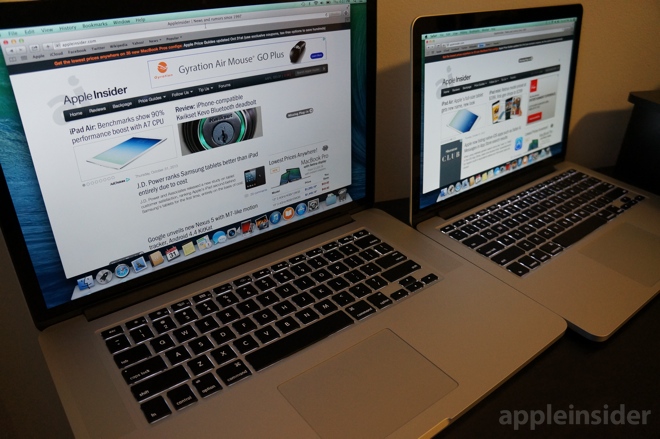

More load results in a seamless increase of the fan speed, and the GPU definitely has the biggest impact. You cannot hear the fans at all under light workloads when you are sitting in front of the desk. However, the noise characteristic is very pleasant with a subtle murmur and no high frequencies. The iMac Pro is equipped with two fans that are running all the time. We are particularly interested to see how the cooling solution of the slim iMac Pro handles the heat from the components. There are no direct competitors for the iMac Pro, so we will use different comparison devices in each section to have a better idea of the performance and the benchmark results. All SKUs are equipped with the same 27-inch 5K screen with P3 color gamut. A fully-optioned iMac Pro will exceed 15,000 Euros (~$17343), and especially the prices for more memory are extremely high (as per usual for Apple).
2013 MAC PRO V 2017 MAC PRO UPGRADE
You can obviously upgrade the components based on your requirements, but this will quickly increase the price.
2013 MAC PRO V 2017 MAC PRO PROFESSIONAL
The entry-level model ships with an 8-core Intel Xeon processor, 32 GB of ECC-RAM (DDR4-2666), 1 TB SSD storage, and the professional AMD Radeon Pro Vega 56 GPU with 8 GB HBM2 video memory. They have a big effect on the price, because the entry-level model of the iMac Pro retails for 5,500 Euros (~$6359), while the regular iMac is available for about 2100 Euros (~$2428) in Apple’s online store. The iMac Pro is actually a version of the regular 27-inch iMac with professional components. The all-in-one system iMac has now got a professional sibling as well, which is called iMac Pro corresponding to Apple’s usual nomenclature. This desktop system is available with workstation components like Intel’s Xeon processors. Professionals looking for a dedicated Apple system could only choose the Mac Pro so far.


 0 kommentar(er)
0 kommentar(er)
